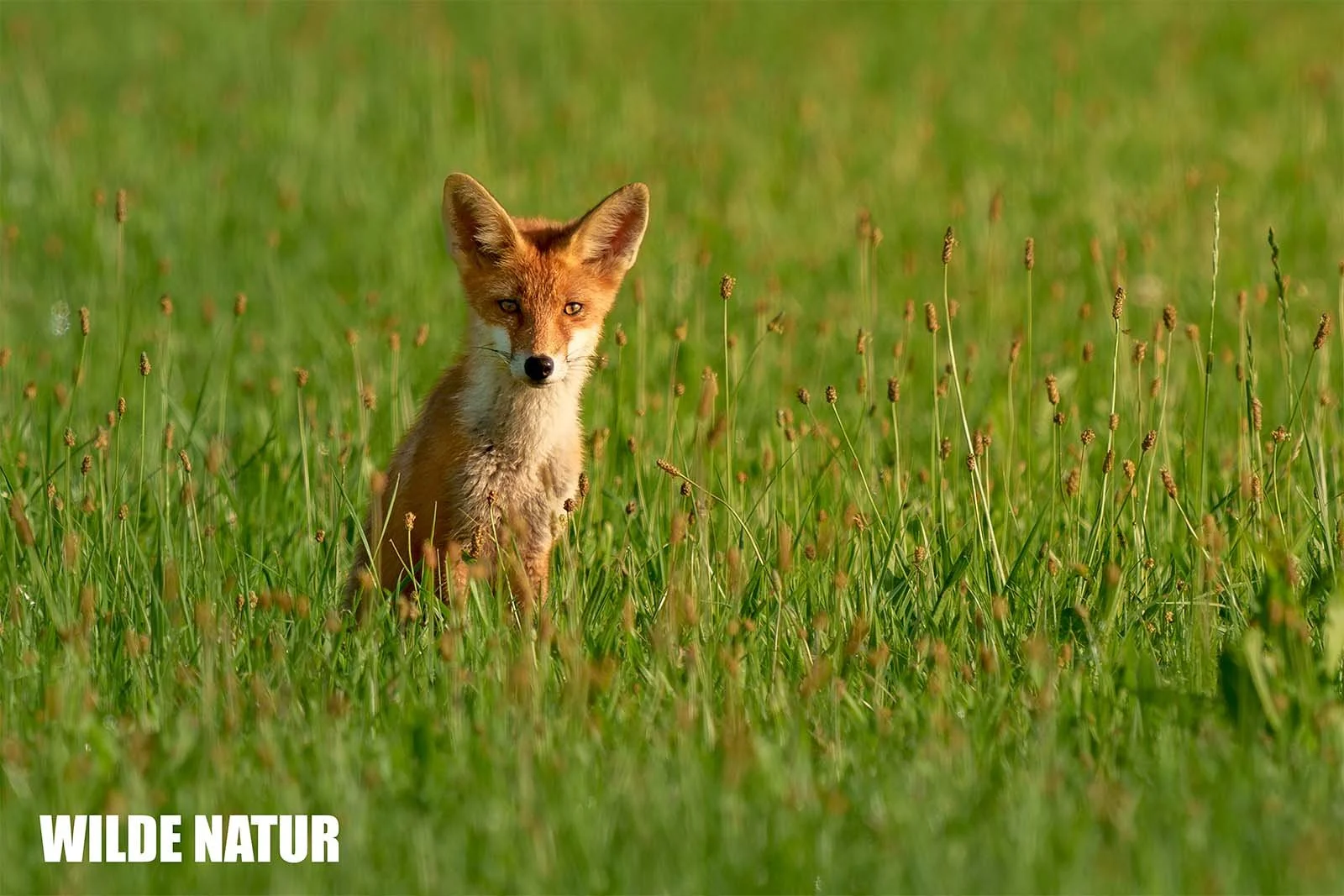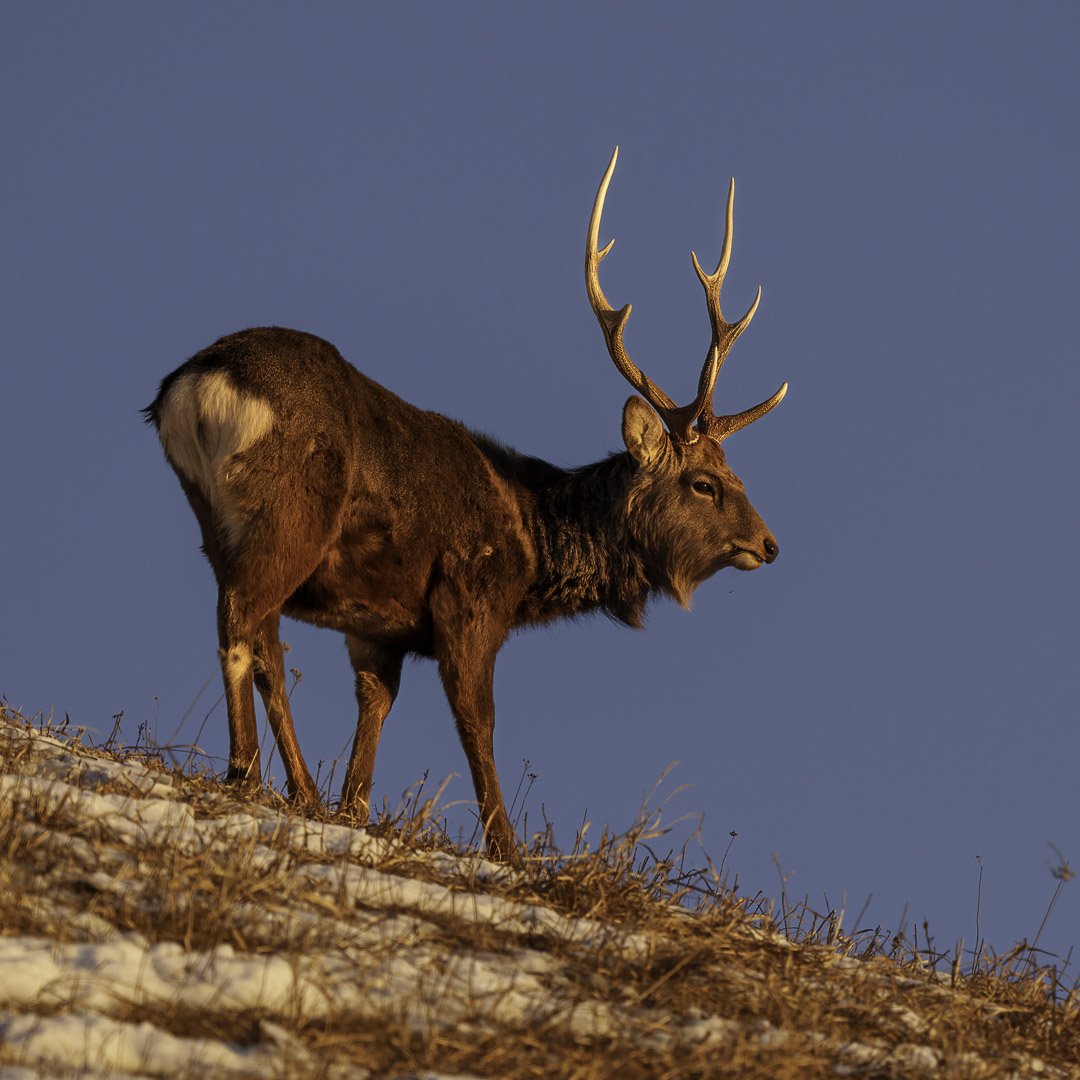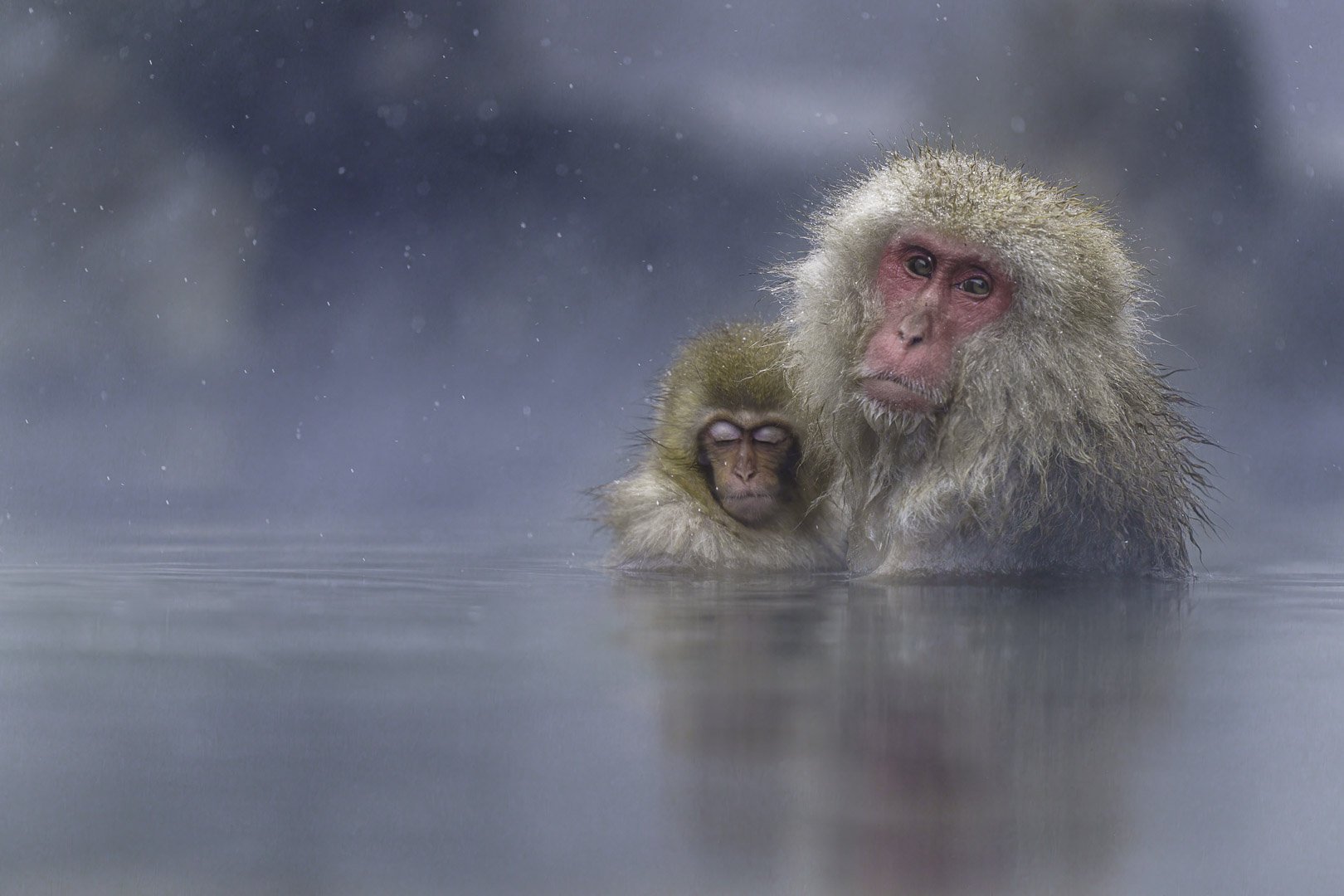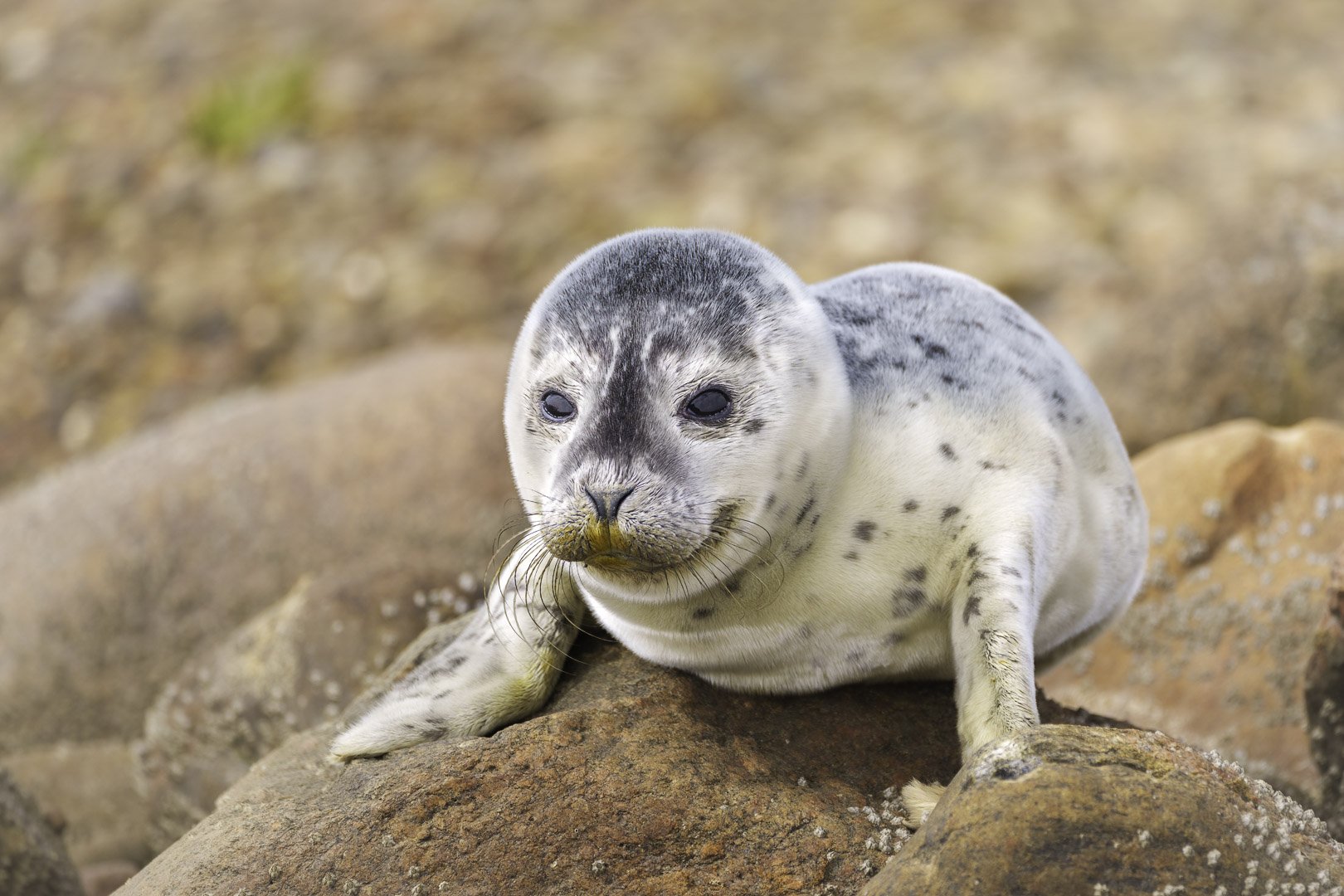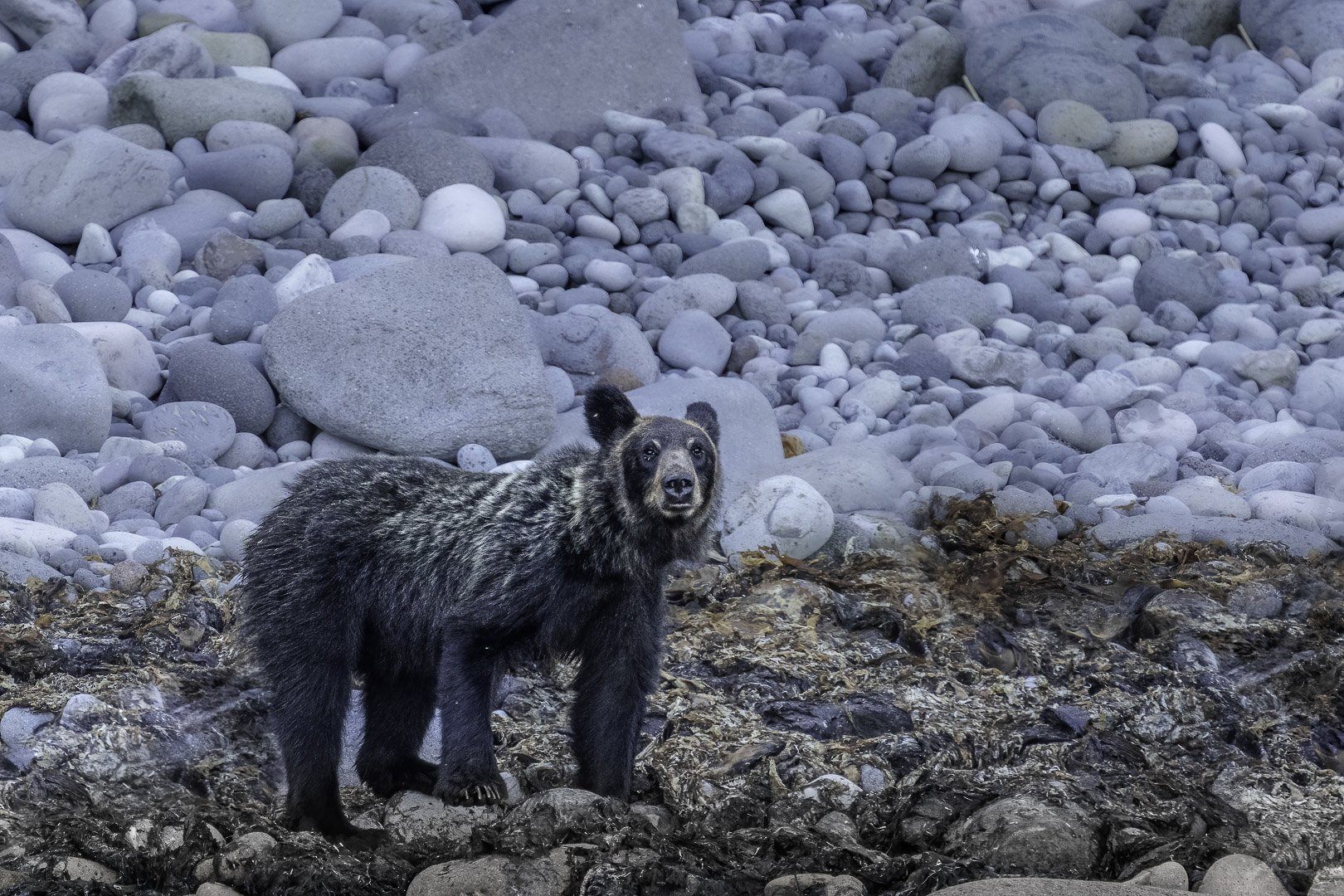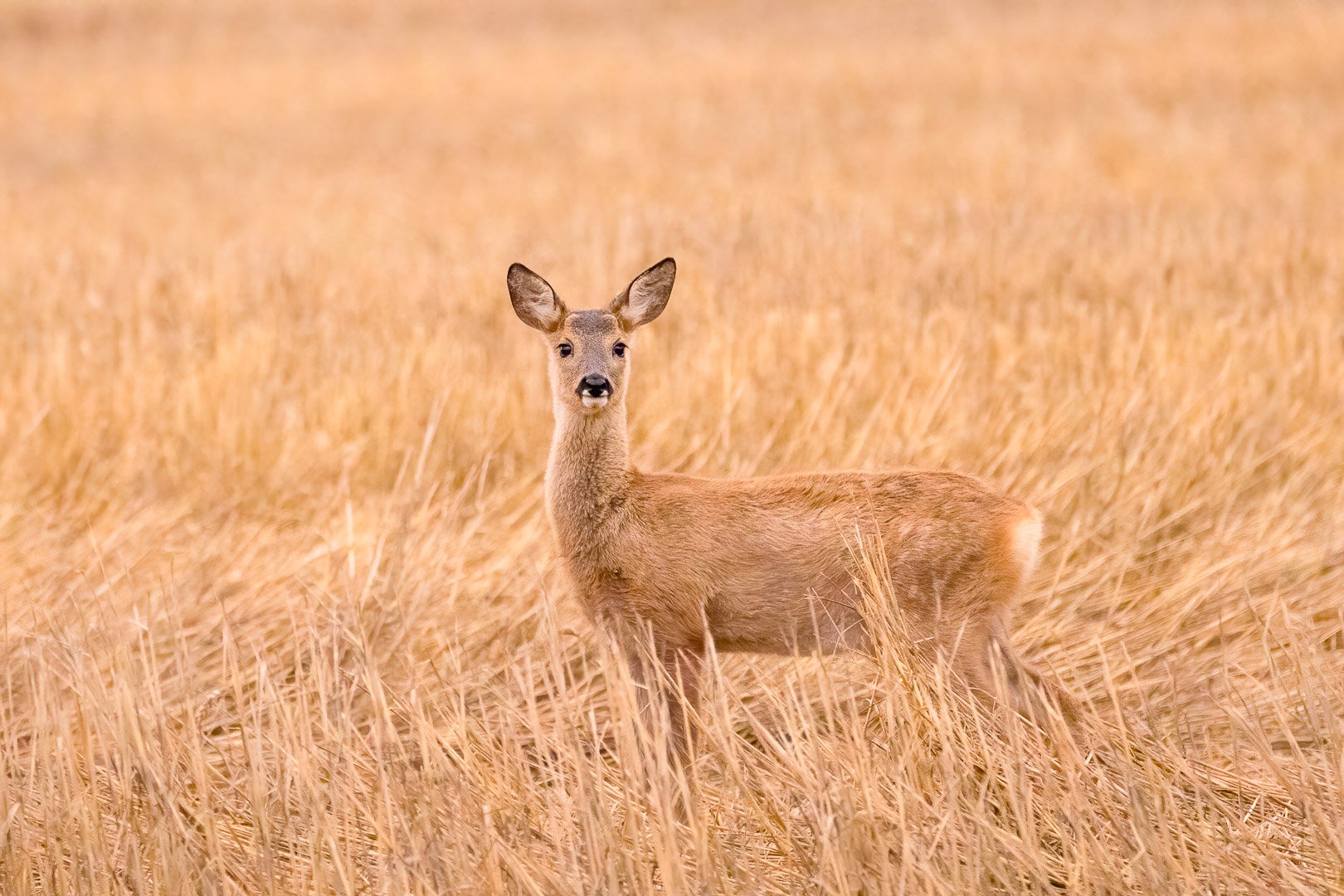Alpine Marmot (Marmota marmota)
Alpine Marmot (Marmota marmota)
Alpine Marmot – Behavior & Hibernation
Body: stocky torso, speckled fur
Weight & Size: 2–8 kg, 43–73 cm (body), tail 13–20 cm
Social Structure: colony with sleeping, nursery, and food-storage chambers
Diet: grasses, herbs, insects & worms
Hibernation: October to early April (~200 days)
Range: Alps, Carpathians, Tatras, Apennines (800–3 200 m)
Scientific name: Marmota marmota
Family: Sciuridae
Reproduction: gestation 33–34 days, typically 3 young
Habitat: alpine meadows & pasturelands
Hibernation: body temperature and metabolism greatly reduced
Threats: climate change, tourism pressure
Table of Contents
- Introduction
- Appearance
- Social Life & Burrows
- Diet
- Reproduction
- Annual Cycle & Hibernation
- Distribution & Threats
- Conclusion
Introduction
You’re standing on an alpine meadow, the grass whispering at your feet, when a sharp whistle rings out: an alpine marmot warns its colony. From 800 to 3 200 meters, it’s perfectly adapted to harsh mountain life. In this article, you’ll learn about its appearance, social behavior, feeding habits, and astonishing hibernation.
Appearance
Look for these features in the alpine marmot:
- Torso & head: compact, rounded skull with a flat muzzle
- Fur: dense, mottled blond and gray—creating a speckled effect
- Eyes & whiskers: small, lateral eyes; fine vibrissae on the muzzle
- Limbs & claws: powerful hind legs; front paws with sharp digging claws
- Tail: short (13–20 cm), bushy for balance and insulation
Social Life & Burrows
Alpine marmots live in colonies. Imagine sharing a home with friends, each room serving a purpose:
- Sleeping chamber: retreat between feeding forays
- Nursery chamber: safe space for the young
- Food stores: stocked with dried grasses and herbs for spring
They mark territories with scent glands and use a loud alarm whistle to warn of birds of prey and other threats.
Diet
Alpine marmots are primarily herbivores:
- Main fare: young grasses and herbs
- Supplements: insects, spiders, worms when vegetation is scarce
- Activity peaks: morning and afternoon; they rest in the heat
Before hibernation, they binge-feed to build fat reserves for roughly 200 days underground.
Reproduction
Their annual cycle begins in spring, after emerging from hibernation:
- Mating: immediately upon awakening
- Gestation: 33–34 days
- Birth: typically three blind, hairless pups
- Development: first fur appears within days; pups leave the nursery after ~40 days
- Maturity: sexually mature at about two years
Parents actively defend and care for their young, showing strong social bonds.
Annual Cycle & Hibernation
- Summer: foraging, social interactions, rearing young
- Autumn: stockpiling provisions, blocking burrow entrances with grass
- Hibernation: October to April/May
- body temperature drops to just a few degrees
- heart and respiration rates are drastically reduced
- energy conserved for up to 200 days
Distribution & Threats
The alpine marmot inhabits:
- Native range: Alps, Carpathians, Tatras, northern Apennines
It faces threats from climate change and intense tourism: habitat fragmentation and pressure on foraging areas.
Conclusion
The alpine marmot is a marvel of adaptation: complex burrow systems, tight social structures, and prolonged hibernation ensure its survival. By respecting its habitats, you help ensure that you can continue to hear its distinctive whistle echoing across the mountains for years to come.







